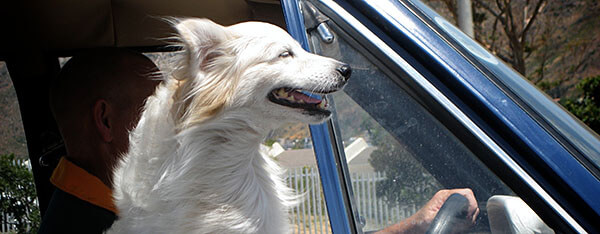The road system in France is very well maintained and efficient. With more kilometers of road than any other country in the European Union, a total of 965,916 kilometres of various types of road, driving around the country can be an enjoyable experience. There are some things you will need to remember though to ensure you stay safe and out of trouble. This guide will highlight some of them.

Documents
French law requires drivers of any nationality to have certain documents in their car. Full driving licences are an obvious requirement and provisional licences are not enough. If you have a photographic driving licence then make sure you have the paper part of it as well if there is one. Any driver in France must be aged 18 or over and there are no exceptions to this law.
Proof of ownership for the car you are driving is also necessary although for British visitors the cars registration certificate will suffice. You will also need proof of insurance as its illegal to drive in most countries in Europe without this. Proper ID will be required as well and a passport and identity card are the most common forms.
Car equipment
Another French law stipulates that all drivers must carry at least one breathalyzer in their car that is unused and anyone caught without one in their vehicle are eligible for an on the spot fine. To be safe ensure you have two with you in case one is broken without your knowledge and you can buy them relatively cheap in supermarket, 1 Euro, and one the ferry’s coming into the country.
If you are from the UK you must display a GB sticker on the back of the car although if your car has number plates that include the GB euro symbol then you are exempt from this rule. The same goes for other EU countries, but of course with your home nation's abbreviation. Reflective jackets must also be in the car and in the case of an emergency you must put it on before you leave the car so keep it in the main body of the car rather than the boot.
Snow chains are also required if you are driving along a road covered in snow and you must also obey the 50 km/h law. For most conditions winter snow tyres are more than adequate. You can find lots of cheap rental cars in France by doing some shopping around.
Head lights must be adjusted so that the beam pattern fits with drivers on the right hand side of the road. The idea is that the dipped beam doesn’t dazzle oncoming drivers and cause accidents. Some cars may not have the ability to adapt their lights so you may have to carry headlamp beam converters with you, which you can install before you arrive in France.
Speed limits
As with any country, speed limits vary depending on the environment you are in. Standard limits are 50 km/h in built up areas such as cities, 90 km/h outside of these built up areas, dual carriageways and motorways have a speed limit set at 110 km/h. If you have an EU driving licence and are caught speeding by more than 40 km over the posted limit then you will have you licence confiscated on the spot.
Photo by mallix on flickr
You should follow me on twitter here.
Driving in France can be a pleasure with lots of good straight roads but you must remember to slow down driving through French villages, especially as the French police are becoming a lot more strict on speeding as well as drink driving.
Enjoy the experience of driving in France.
Brian L
Brian Luckhurst on 30 June, 2013